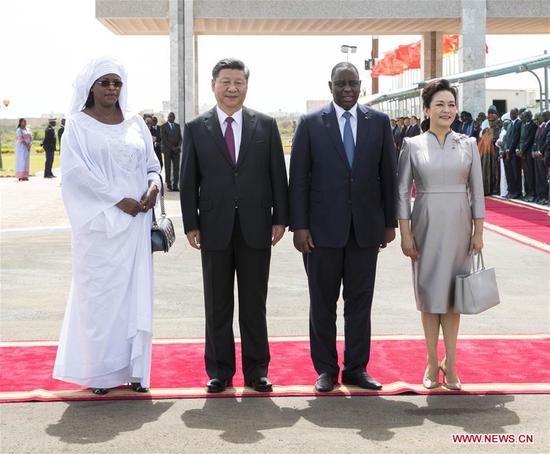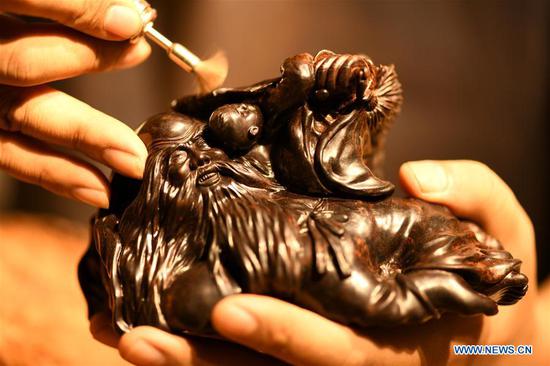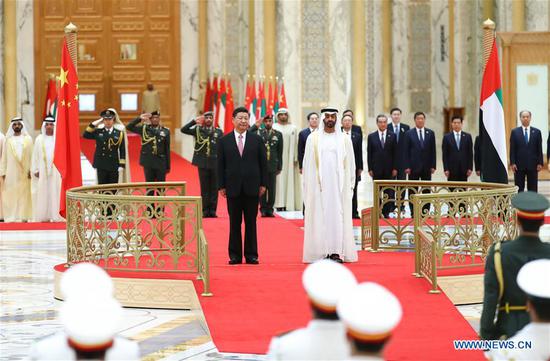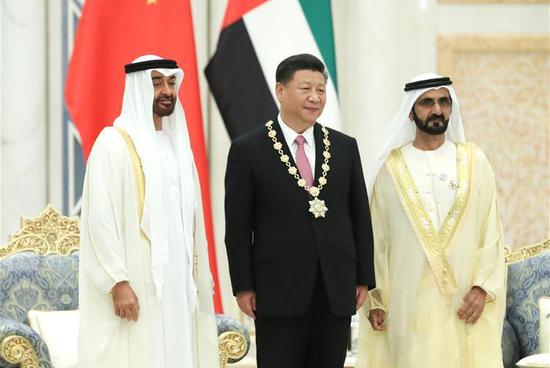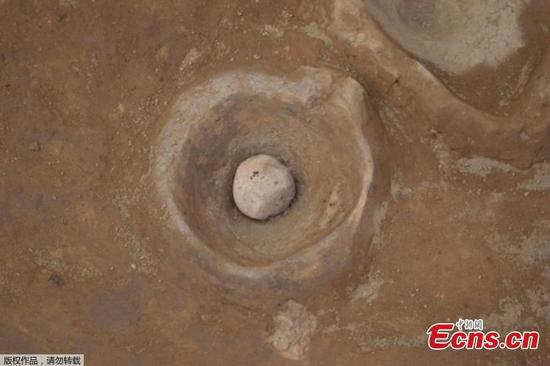China steps up rules on wealth, asset management
China released draft rules and guidelines to strengthen regulations of financial institutions' wealth management and asset management businesses, the latest step by the country to fend off systemic financial risks.
Earlier on Friday, the China Banking and Insurance Regulatory Commission (CBIRC) released long-awaited draft rules on commercial banks' wealth management products (WMPs), saying that these WMPs should be managed based on their net value.
Banks must also standardize the management of their fund pools to prevent shadow banking risk, according to an online statement issued by the regulator.
The rules also aim to push banks to standardize their wealth management businesses and to invest WMP funds into the capital markets in a compliant way.
The banking regulator also aims to force banks to break the practice of providing investors with implicit guarantees against investment losses.
By end-June, the outstanding amount of non-guaranteed bank WMPs stood at 21 trillion yuan ($3.09 trillion), with about 70 percent invested in standardized assets such as bonds, deposits and money market instruments, according to the CBIRC.
About 15 percent of WMP funds are invested in non-standard debt assets, which typically refer to shadow lending.
Bank WMP's non-standard investment is not allowed to exceed 35 percent of the net asset of their WMPs or 4 percent of the bank's total assets.
Banks are also required to strengthen liquidity management and stress tests to control risk.
They will not be allowed to use WMPs to invest in any bank WMPs or provide "channel services" for other institutions to bypass regulations.
The new rules will lower the minimum amount of client subscription to any single public WMPs to 10,000 yuan from 50,000 yuan, in line with the central bank's asset management rules.
The banking regulator is also drafting rules that regulate bank subsidiaries created to conduct wealth management businesses, it said.
The CBIRC's new rules supplement the guidelines issued by the People's Bank of China (PBOC). the country's central bank, on Friday, which aimed at tightening supervision of the country's $15 trillion asset management products issued by banks, trust firms, insurance asset management companies, securities firms, funds and futures companies.
The transition period for the new regulations will last until end-2020, the CBIRC and PBOC said. During the transition period, the PBOC will also allow financial institutions to issue its existing products to invest in new assets.

























